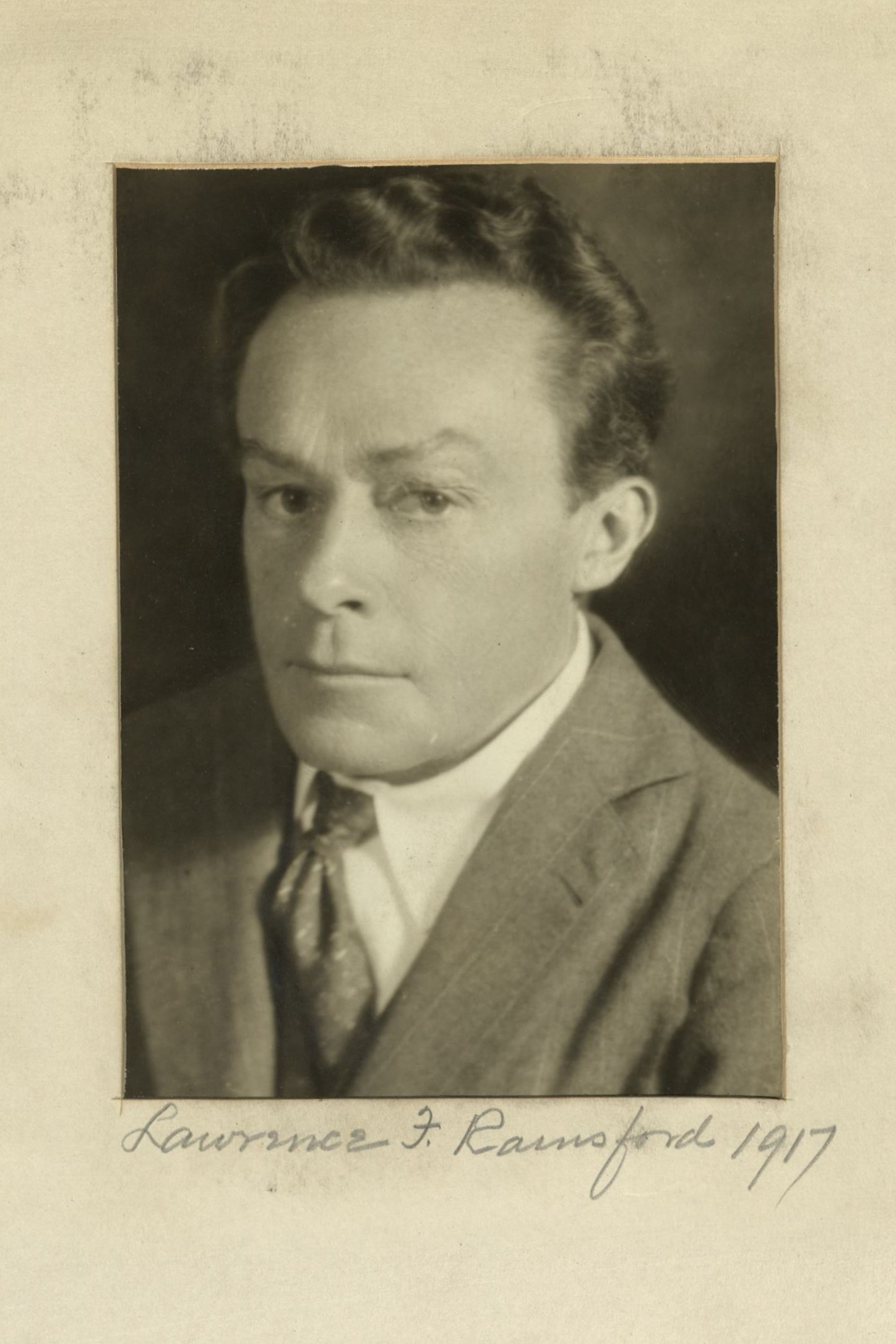Member Directory,
1847 - 1922
George E. Brewer
Physician
Centurion, 1897–1939
Thomas M. Markoe and George K. Swinburne
Westfield, New York
New York (Manhattan), New York
Age thirty-six
Sleepy Hollow, New York

Archivist’s Notes
Father of George E. Brewer Jr.
Century Memorial
When an escaped lunatic shot Dr. James W. Markoe in St. George’s Church on April 19 [sic: this occurred April 18], 1920, it was Dr. George Emerson Brewer who led the pursuit into Stuyvesant Square and captured the murderer. Markoe was instantly killed; Brewer suffered a flesh wound in the thigh in disarming his man. As the incident revealed, Brewer was essentially a man of action. He was born to make decisions swiftly and to act courageously and killfully. Such talents have always been essential to great surgery and were especially so at the height of Brewer’s career, before science complicated the problem with so many tests and safeguards. By the time of the World War, his distinction as a surgeon was such that in 1917 he took over the direction of Base Hospital No. 2 at Etretat, operating frequently under fire, notably at British Casualty Clearing Station No. 61, at the Battle of Passchendaele. He was later made chief consultant in surgery to the First American Army, serving in the campaigns of Château Thierry, Saint Mihiel and the Argonne.
His practice began in this city in 1887 and continued without interruption until his retirement in 1927, a span of forty years. His career was intimately associated with the development of Roosevelt Hospital, where he served as attending surgeon until 1913, when he resigned to become surgical director of Presbyterian Hospital. For thirty years he taught at the College of Physicians and Surgeons, becoming Professor of Surgery and head of the department. Here, in teaching, was his second major field of activity. His mind was lucidity itself and the most complicated situation became clear under his simple exposition. Whether demonstrating a difficult technique to a class of medical students or talking geology on a tramp with a group of children—one of his favorite recreations when in the country—he was an inspiring leader of other minds. Measuring his own energy, he carefully planned a hobby for his old age and upon retirement in 1927, at the age of 66, he took up the serious study of anthropology. He spent two years at the Universities of Toulouse and Grenoble. Returning to this city, he was appointed a research associate in somatic anthropology at the American Museum of Natural History and there had his office. Quiet, alert, gentle, he communicated his own confidence to his patients. There was healing in his presence as there was skill in his hands. He had been a vestryman of St. George’s for twenty years and in a memorial note printed in the church’s bulletin a fellow Centurion wrote these words: “When he was stricken with a disease which he of all men most certainly knew was mortal, he faced the future not so much with Roman fortitude as with Christian assurance. Like Socrates, he met death as a friend.”
Geoffrey Parsons
1939 Century Memorials
Related Members
Member Directory Home-
 Dever S. ByardPhysicianCenturion, 1914–1965
Dever S. ByardPhysicianCenturion, 1914–1965 -
 Paul D. CravathLawyerCenturion, 1920–1940
Paul D. CravathLawyerCenturion, 1920–1940 -
 William DarrachSurgeonCenturion, 1921–1948
William DarrachSurgeonCenturion, 1921–1948 -
 William Brown LuskClergymanCenturion, 1921–1953
William Brown LuskClergymanCenturion, 1921–1953 -
 Thomas M. MarkoeSurgeonCenturion, 1864–1901
Thomas M. MarkoeSurgeonCenturion, 1864–1901 -
 Charles H. PeckPhysicianCenturion, 1912–1927
Charles H. PeckPhysicianCenturion, 1912–1927 -
 Laurence F. RainsfordPhysicianCenturion, 1917–1934
Laurence F. RainsfordPhysicianCenturion, 1917–1934 -
 George K. SwinburnePhysicianCenturion, 1894–1921
George K. SwinburnePhysicianCenturion, 1894–1921







